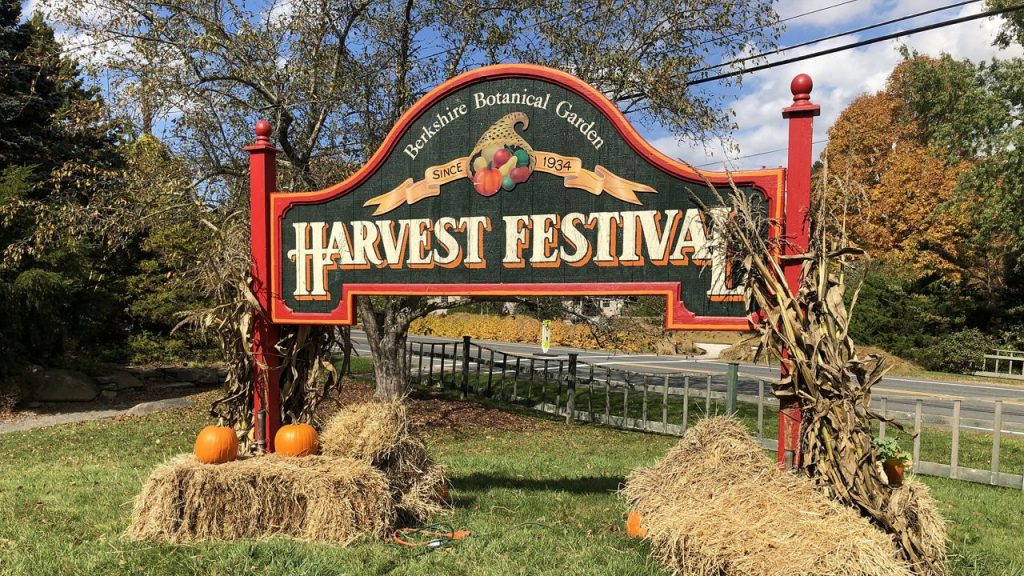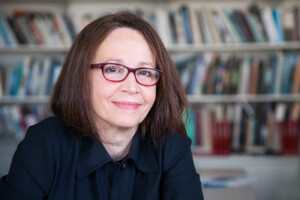Anita Berrizbeitia is a Professor of Landscape Architecture at the Harvard Graduate School of Design. She served as Chair of the Department of Landscape Architecture between 2015-2022 and as Program Director of the Master in Landscape Architecture Degree Programs between 2012-2015. Her research explores nineteenth and twentieth-century public realm landscapes, with interests in material culture, urban political ecology, and the productive functions of landscapes in processes of urbanization and climate adaptation. Her research on Latin American cities and landscapes focuses, in addition, on the role of large-scale infrastructural projects on territorial organization, climate adaptation, and on the interface between landscape and emerging urbanization.
A licensed landscape architect, she has worked on a broad range of projects and competitions, including urban design, campus planning, public parks, and residential gardens. She is a consultant for national and international landscape architectural firms and has served on juries of multiple design competitions in the US and abroad, including Chair of the Jury of the Rome Prize at the American Academy in Rome, and design competitions in Chile, Ecuador, Argentina, Spain, and the Middle East. At Harvard, she serves on the university’s Design Review Board, the Harvard University Committee on the Arts and the Radcliffe Institute Public Art Competition. She serves on the editorial board of the Journal of Landscape Architecture (JoLA). Before joining the GSD in 2009 she was a faculty member at the University of Pennsylvania.
At the GSD she has taught core Landscape Architecture studios and core Urban Design studios. Her option studios have focused on urban and territorial scale infrastructures, on emergent urbanization, and climate adaptation. She has also taught design theory in both the core and elective curricula.
Berrizbeitia is editor of Urban Landscape—Critical Concepts in Built Environment Series; editor of Michael Van Valkenburgh Associates: Reconstructing Urban Landscapes (Yale University Press), which received an ASLA Honor Award; author of Roberto Burle Marx in Caracas: Parque del Este, 1956–1961 (Penn Press), awarded the inaugural J.B. Jackson Book Prize in 2007 from the Foundation for Landscape Studies; and co-author with Linda Pollak of Inside/Outside: Between Architecture and Landscape, which won an ASLA Merit Award. Her essays have been published widely in journals and anthologies, including the Journal of Landscape Architecture (JoLA); Studies in the History of Gardens & Designed Landscapes; Center for Advanced Studies in the Visual Arts (National Gallery of Art); Cultural History of Gardens (Berg Publishers); Sao Paolo: A Graphic Biography (University of Texas Press), Cerros Islas Santiago (Fundación Cerros Islas); Recovering Landscape (Princeton Architectural Press); CASE: Downsview Park Toronto (Prestel); Large Parks (Princeton Architectural Press); and Retorno al Paisaje (Evren) among others. With Diane Davis, she co-edited Harvard Design Magazine 49: Publics (2021).
Berrizbeitia received a BA from Wellesley College in Studio Art and an MLA from the GSD. She was awarded the Prince Charitable Trusts Rome Prize Fellowship at the American Academy in Rome in 2006.
This lecture explores how developments in the earth sciences—specifically geology, evolutionism, and biogeography—ushered in advances in design methodologies for large public–realm landscapes in late nineteenth-century Boston.
In her earlier work on Charles Eliot’s Metropolitan Park System of 1892, she argued that geology had provided a framework for re-envisioning what had become a fragmented territory as a unified whole. Eliot proposed the region’s formative processes and the thick and unseen strata underlying the visible and varied topography in and around Boston as the foundation for a new political geography for a rapidly expanding city. For the Blue Hills, the largest of the reservations of the park system, Eliot turns his attention to the surface, proposed as a mantle of vegetation that drapes over the hills’ granitic foundation. Eliot introduces methods of biogeography to fieldwork, of forestry and conservation, and of what today we call restoration ecology. However, Eliot also prompts us to reconsider the role of the wild and wilderness, and of aesthetics in relationship to a growing public. Rather than being the product of a singular or unified framework, his proposal shows us the intertwining of multiple design methods and ways of knowing that join notions of the “wild” and of the “urban.”
Harvard Graduate School of Design is proud to host this October 10 Frederick Law Olmsted free lecture at Gund Hall’s Piper Auditorium beginning at 6:30 pm. For complete details visit www.gsd.harvard.edu


